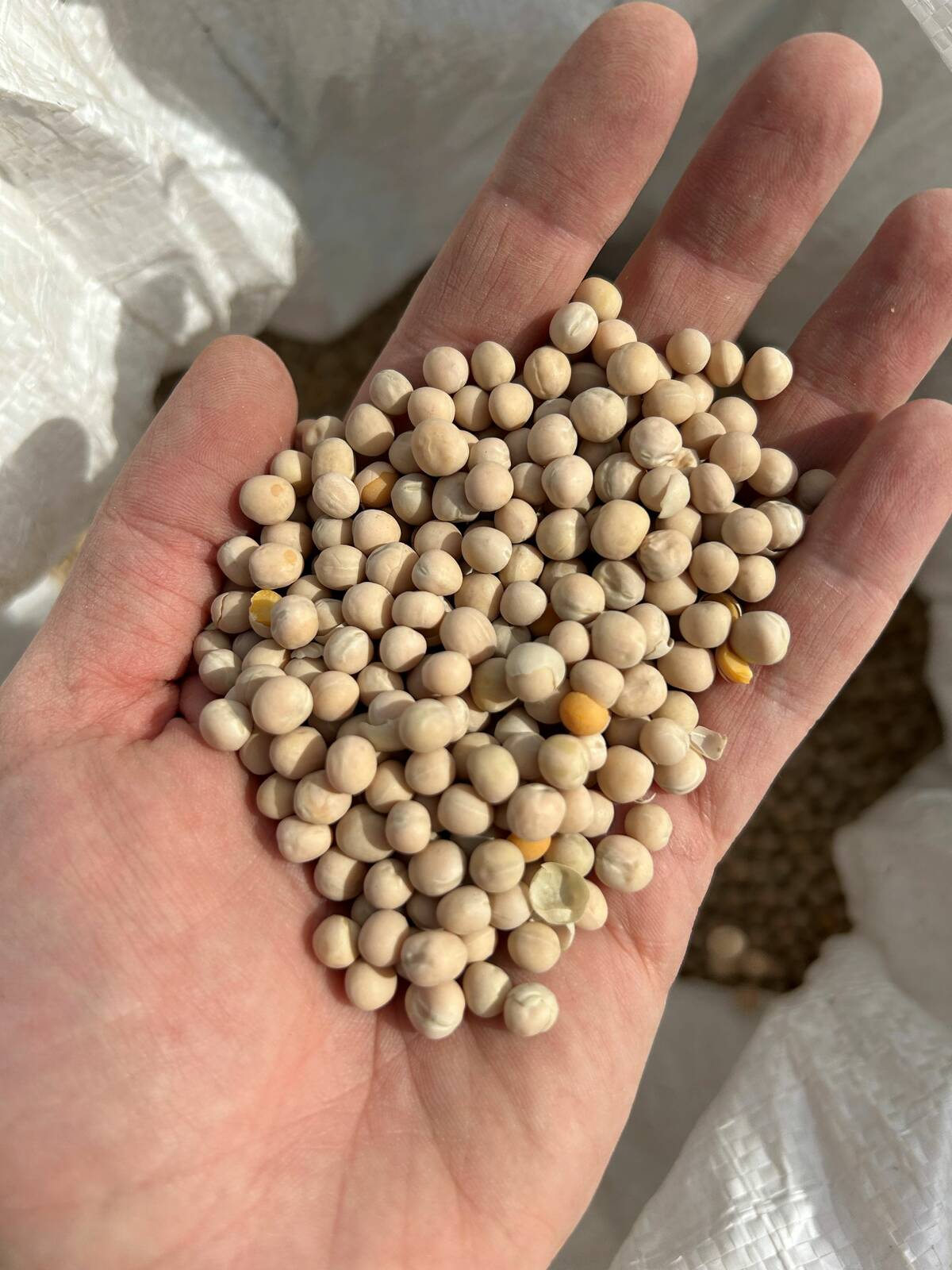There’s still a place for farm-saved seed in the Canadian flax industry body’s stewardship plan for this year’s spring seeding.
The Flax Council of Canada on Friday finalized its industry stewardship plan for the coming growing season, laying out the options for growers in an industry looking to rid itself of persistent, albeit very low, levels of unwanted genetically modified (GM) material.
“The best option for producers remains the planting of certified seed that has been tested for Triffid and shown to be negative,” the council reiterated in a release Friday, referring to the deregistered and never-commercialized GM variety CDC Triffid.
Read Also

Pulse Weekly: Tariffs guide yellow peas in 2025
Tariffs were a major influence on Canadian yellow pea prices in 2025, with levies imposed by China and India. The two countries are Canada’s biggest foreign pulse buyers.
But because several varieties of certified seed have turned up positive with trace levels of Triffid, non-pedigreed seed is the second allowed option for seeding, “provided it first undergoes the same intense sampling and testing procedures” now used to test for the GM material in certified seed.
A representative two-kilogram sample must be submitted to an approved lab for seed testing, and each sample must represent a lot of no more than 20 tonnes.
The “best and most preferred” method to collect samples is to sample directly from a clean seed stream, such as when the seed is coming off the cleaners, being loaded into a truck or being transferred from the truck into a seed bin on-farm, the council said.
A submitted sample must be clean of all weed seeds, chaff and straw. To limit cross-contamination, the council said, commercial cleaners may require an initial test before cleaning a flax seed lot.
“No threshold level”
The approved lab will then follow the testing protocol for Triffid, the council said, emphasizing that “there will be no threshold level of Triffid acceptable for planting seed. Only planting seed that has been tested negative is to be used for seeding purposes for 2010.”
Farmers whose seed tests negative for Triffid must keep the negative lab report, which will be required for delivery into the European market, the council said.
Flax growers will also have to have this year’s crop tested after harvest and prior to delivery, the council added.
The European market remains the largest for Canadian flax, the council said, and to meet its “stringent requirements” it is critical that only seed tested as negative for Triffid is seeded.
Beyond that, markets for seed that tests positive for Triffid are “extremely limited,” and as a result, not all grain companies will be able to accept flax that tests Triffid-positive, the council warned.















